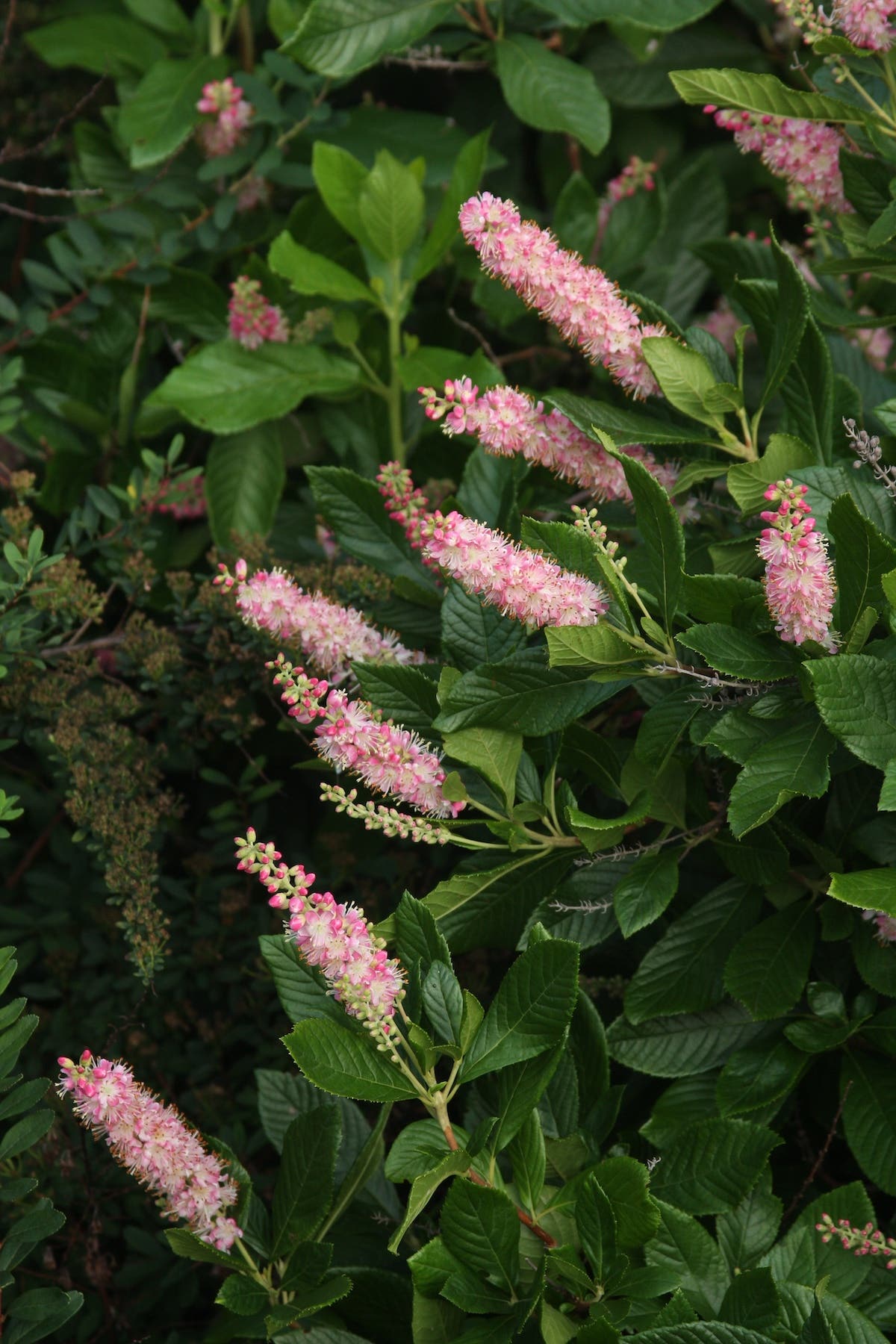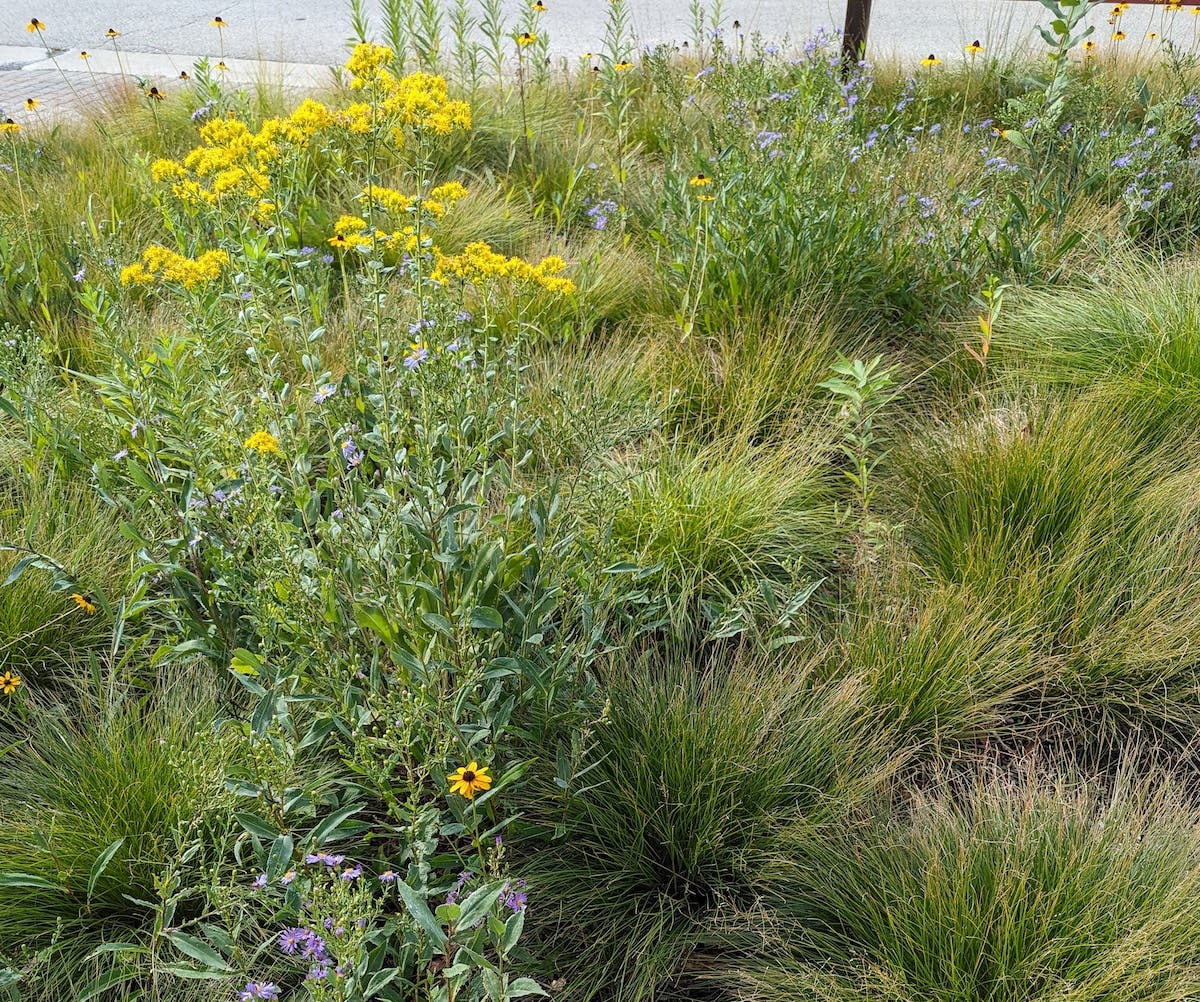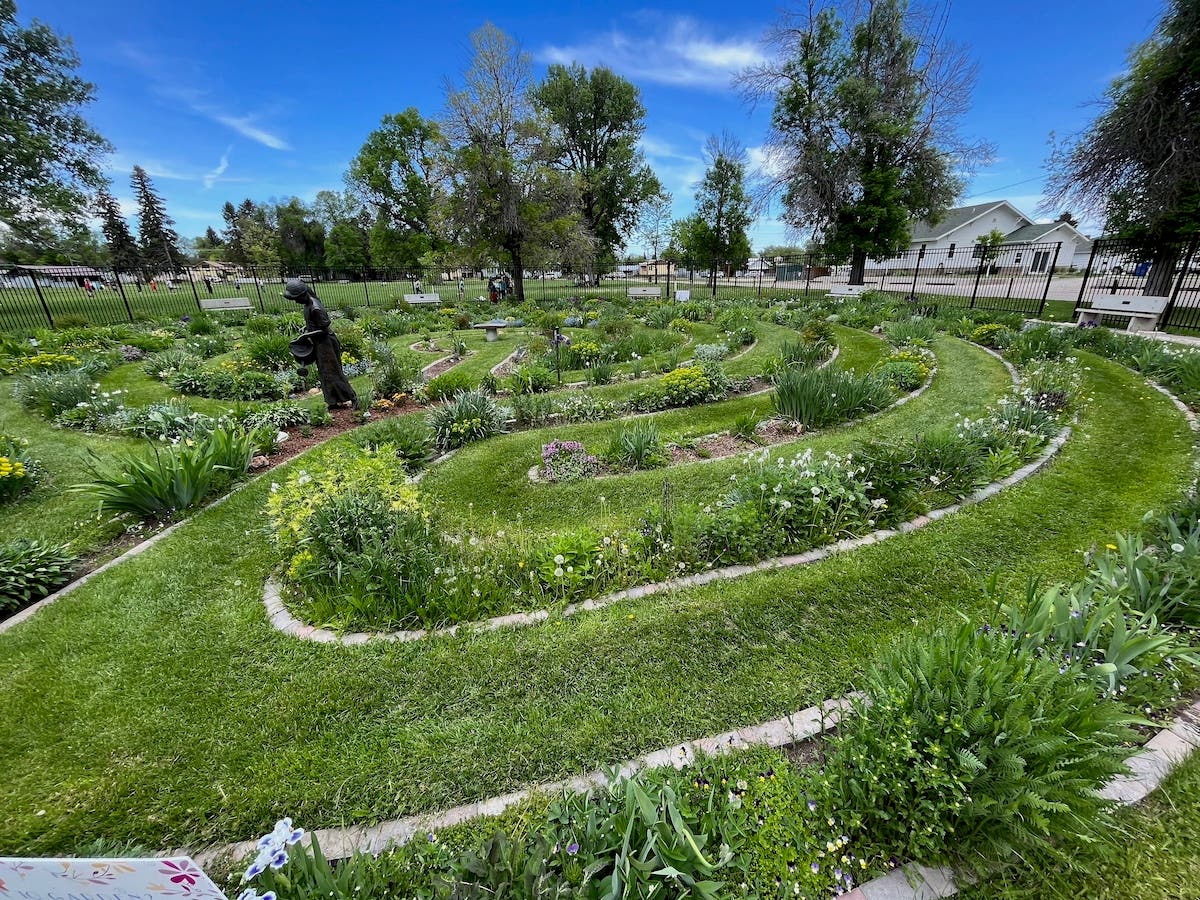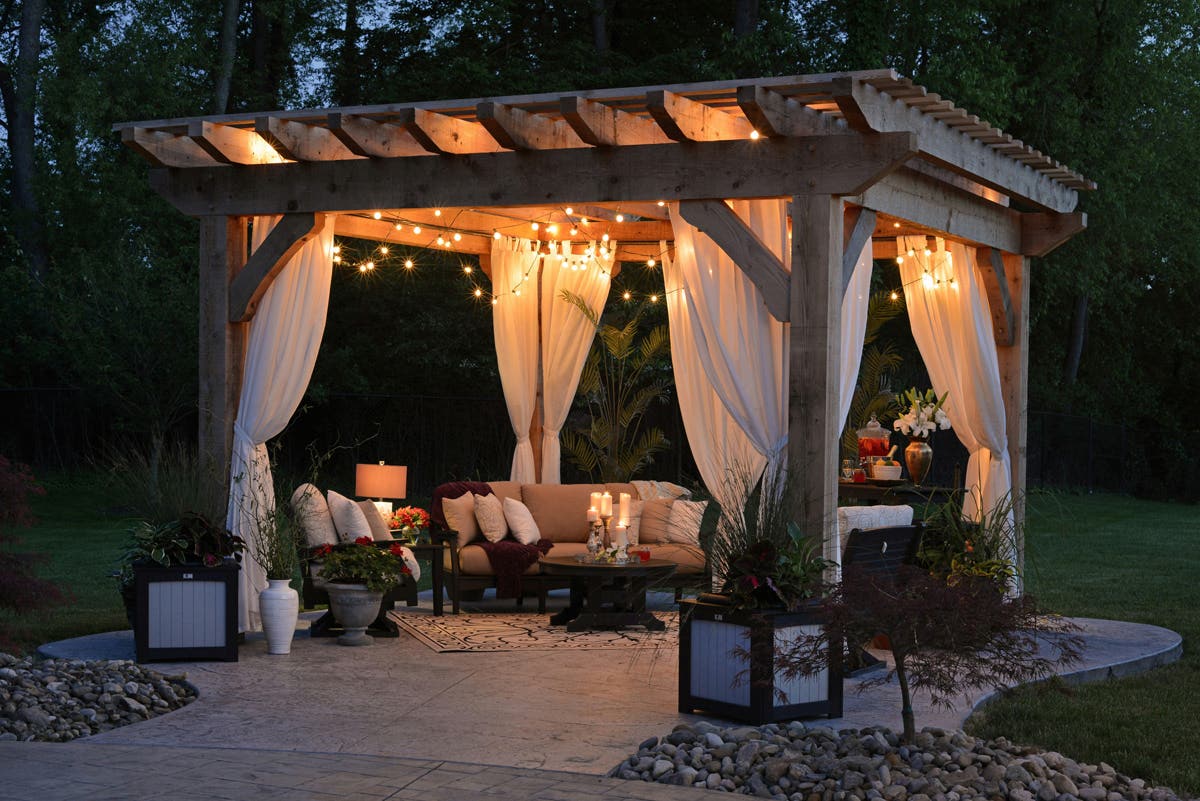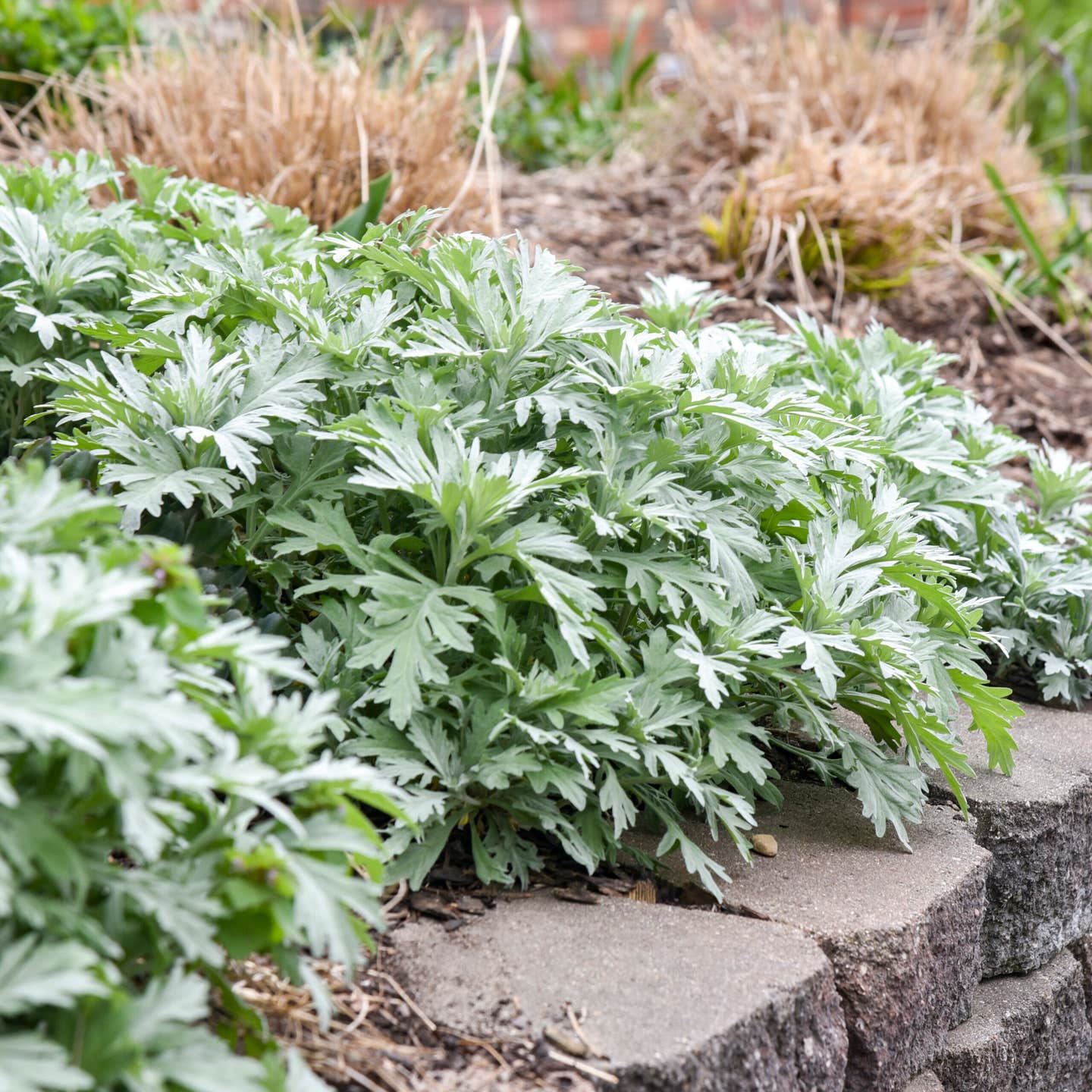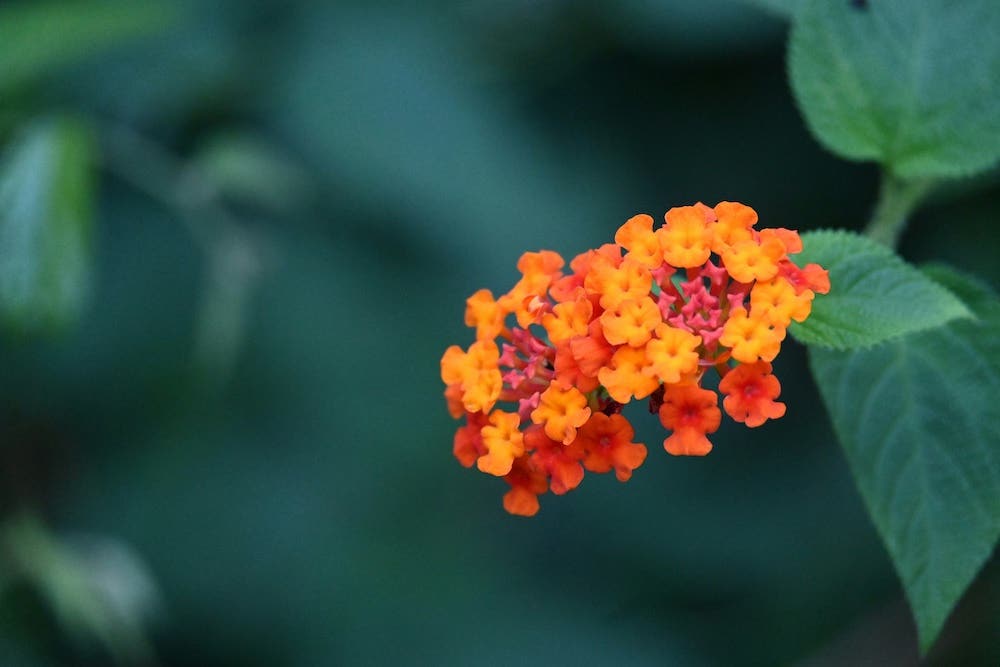Tips for Success with Structures
The following tip of the week is excerpted from The Nonstop Garden (Timberpress, 2010) by Stephanie Cohen and Jennifer Benner. Because structures come in assorted sizes, it is not difficult…
The following tip of the week is excerpted from The Nonstop Garden (Timberpress, 2010) by Stephanie Cohen and Jennifer Benner.
Because structures come in assorted sizes, it is not difficult to find the right one for a specific space. When making your selection, remember to keep scale in mind. Take a good look at your garden before adding permanent structures. The proportions of something like a pergola can make a big difference, turning an attractive feature into an overwhelming behemoth. This is particularly a problem in small gardens, where overly large structures can make the space seem even smaller. In some cases, however, you may actually want the structure to dominate the scene, such as when you would like a vertical trellis to hide the ugly wall of a storage shed. Here are a few strategies that can help you get it right.
Take a Test Run
One way to explore which structural dimensions might be appropriate for your space is to set up substitute objects of various sizes, like a stepladder or bamboo stakes for vertical structures and garden hoses to outline potential paving areas. Then step back and see how it looks. This approach is good for smaller structures. For larger structures, test them out on paper. Take a digital photo of your garden from several vantage points and print several copies of the images on regular office paper. Then put pencil to paper and sketch various simple structures until you find an option that fits the scene. This technique is also useful when you are trying to select plants to include in your landscape.
Play with Perspective
As you are mapping out your structural plan, do not forget to take advantage of design tricks of the trade. Just as an over sized structure can make an area seem smaller, strategically placed features can make a space appear more expansive. Placing structural focal points the farthest visual distance possible will enlarge an area, as will repeating a few similar structures throughout the space. This is particularly true for narrow side yards or city lots, which can be perceived as larger just by creating a visual rhythm with a series of arbors or trellises. Likewise, using a structure like a fence or arch to frame a distant view or focal point gives the illusion of more space. This technique is rather handy if your property is surrounded by interesting vistas. Your neighbor's gorgeous weeping cherry (Prunus species and cultivars) may not be part of your garden, but that does not mean you cannot borrow the view.
Tie it All Together
Just as with plants, structures can be linked together and with the rest of the garden by employing repetition. This can be done with color or by literally duplicating the feature. A back patio pergola can be mimicked with a smaller, appropriately sized version build off of a nearby garden shed or barn to tie the two garden areas together. Likewise, repeating the striking, glossy cobalt blue of a container on your favorite Adirondack chair will visually untie a scene. Color echoing is a fabulous design tool that can create a cohesive whole as it plays off the features of your house, such as shutters or doors, and off plant flowers, foliage and fruit. Not everything has to match, though. Put this strategy into play with a light hand keeping in mind that less is more.
_____________________________________________
Learn how to construct homemade garden structures and other decorations with Handmade Garden Projects.
Add a vertical dimension to your garden with these two small Sussex Trellises.
Redefine your garden landscape with expert advice and ideas in Design Perspectives Download.
Subscribe to our free gardening e-newsletters.


